Zhongshan Park
Zhongshan Park is located in the south of the Forbidden City (Palace Museum) in the center of Beijing, west of Tian'anmen, and separated from the Palace Museum. Covering an area of 230,000 square meters, it is a memorial classical temple garden. It was originally the Social altar of the Ming and Qing dynasties. Together with the Taimiao (today's Labor People's Cultural Palace), it followed the ritual construction of the Zuo Zu Youshe since the Zhou Dynasty.
In 1925, when Dr. Sun Yat-sen died, coffins were parked in the garden hall (today's Zhongshan Hall) to hold public sacrifices. In memory of this great pioneer of democratic revolution, it was renamed Zhongshan Park in 1928.
In 1988, Zhongshan Park was approved by the State Council as a national key cultural relic protection unit. In 2000, it was awarded the Capital Civilization Unit. In 2002, it was awarded the first batch of excellent parks in Beijing. In 2011, it was awarded National AAAA Tourist Scenic Spot.
Development history
Zhongshan Park was originally Xingguo Temple in Liao and Jin Dynasties, and was renamed Wanshou Xingguo Temple in Yuan Dynasty.
When Zhu Di, the founder of Ming Chengzu, built Beijing Palace in 1421 (Yongle Nineteenth Year), he was rebuilt into a Social altar according to the system of Zuo Zu Youshe. This is the place where the Ming and Qing emperors sacrificed land gods and grain gods.
In 1913, the government of the Republic of China took over the altar and began to raise donations.
In 1914, under the chairmanship of Zhu Qijun, Chief Internal Affairs Officer of the Beiyang Government, the altar was opened to the public as a park, initially known as the Central Park. It was the first public garden in Beijing at that time, and it was also one of the earliest imperial gardens in Beijing.
On October 10, 1914, the public was opened to the public. Before the opening of the park, a large area of renovation was carried out in a short period of time. The main entrance facing Chang'an Street was opened, and the wall of the Dongtan Gate was cut open to form the Moon Gate.
After 1915, River ponds, stacked stones and other buildings were added to the garden, and the halls of the altar were changed. In 1925, Mr. Sun Yat-sen's coffin was parked in a worship hall in the garden.
In 1925, when Dr. Sun Yat-sen died, coffins were parked in the garden hall (today's Zhongshan Hall) to hold public sacrifices.
In 1928, after Sun Yat-sen's death, he parked his remains here. In memory of Sun Yat-sen, he Qigong, then the special mayor of Peiping, and other patriots, were renamed Zhongshan Park by Feng Yuxiang. After the establishment of the Central Park, besides the preservation of the altar of social resources, we successively built the Song Dynasty stone lions of the Song Dynasty, such as the Songbaijiao Cui Pavilion, the aphorism Pavilion and Huifang Garden. We also moved the Xili Pavilion, Lanting Bazhu Pavilion, Baoping Fang and Hebei Daming Ancient Temple into the park, and placed many famous stones in the palace of the Qing Dynasty.
After Japan occupied Peiping in 1937, it changed to Peiping Park and Central Park in October.
The name of Zhongshan Park was restored after the victory of the Anti-Japanese War in 1945 and has been used up to now.
In 1988, Zhongshan Park was designated as a national key cultural relic protection unit by the State Council of China.
Park layout
The main building of the park is the social altar, which is located in the center of the axis. The altar is square and is a three-storey platform for Han Baiyu. The altar is paved with five colors of earth: medium yellow, East green, South red, West White and North black, which are paid tribute from all over the country, to express the meaning of "under the heaven, is not the king's land", and to symbolize the five elements of earth, wood, fire, gold and water. In the center of the altar, there was a square stone pillar, named "the main stone of society", also known as "the stone of rivers and mountains", to show "the eternal stability of rivers and mountains". The altar is surrounded by four-coloured glazed walls, East Blue, South Red, West White and North Black, with a white and jade gate of the Han Dynasty standing on each side, which is particularly solemn and solemn. The "worship hall" in the north of the altar, also known as the Hall of Enjoyment or the Temple of Sacrifice, is a huge wooden building with five broad faces and three deep faces. It has yellow glazed tiles, a single eave roof, a white stone terrace and no ceiling. Beams and arches, paintings and seals are exposed. This is the most complete preservation of Ming Dynasty architecture. In 1925, Sun Yat-sen's coffin was parked in this hall. Receive all walks of life look forward to condolences. In 1928, he Qigong, then the special mayor of Peiping under Feng Yuxiang, and other patriots proposed and presided over the renaming of Zhongshan Hall. There are 72 golden and silver-plated halberds on both sides of the back door of the hall, so they are called halberds. When the Eight-Power Allied Forces invaded Beijing, they plundered all the halberds. Outside the altar, there are ancillary buildings such as shenzhu, Shenzhu and slaughter Pavilion in the southwest. Changqing Garden is located in the east of the Shaji altar, with built-in rockery, flower shed, flower bed and bonsai. Among them, there are some scenic spots such as Pine-cypress Jiaochui Pavilion, Pot-throwing Pavilion and Yuxuan, etc. The Tang Flower Dock in the west is a greenhouse for cultivating all kinds of precious flowers and trees.
Some ancient buildings have also been moved from all over the park. To the west of Tang Huawu, the famous "Lanting Stele Pavilion" and "Lanting Eight Columns" were originally one of the 40 sceneries of Yuanmingyuan and moved in 1917. The Pavilion is the apex of eight corners of the blue eaves and tiles. It is inscribed on the stone tablet in the middle with the poems about "Lanting" written by Emperor Qianlong. The eight pillars are inscribed with the Lanting posts of Wang Xizhi, which were copied by calligraphers of different dynasties. They are precious stone carvings. In 1915, Xili Pavilion, originally built in Hongli Temple, was moved from the official gate of the Rite Department of the Qing Dynasty. It was a place where civil and military officials and foreign envoys from all over the country visited the emperor to practice rituals.
Tourism information
Ticket Price
Weekdays:
Ticket price is 3 yuan, student half-price ticket is 1.5 yuan (this ticket does not include Tanghuawu, Huifang Garden)
Tanghuawu and Huifangyuan need to purchase a joint ticket price of 5 yuan.
During the Spring Flower and Tulip Flower Exhibition (from April 10 to May 10 each year, the specific time depends on the flowering season): uuuuuuuuuu
Ticket price is 10 yuan, student half-price ticket is 5 yuan. During the flower exhibition, gate tickets include Tanghuawu and Huifang Garden, no additional tickets need to be purchased.
Season tickets are 9 yuan per quarter.
Other:
Two yuan for Zhongshan Memorial Hall.
Traffic information
Arrive at South Gate: Take 1, 5, 10, 22, 52, 90, 99, 205, 728, Te 1, Te 2 at Tian'anmen West Station, walk eastward for 2 minutes, or take Metro Line 1 at Tian'anmen West Station B, walk eastward for 1 minute.
Arrive at Ximen: Take No. 5 and get off at Xihua Gate Station. Walk south on the east side of the road for 5 minutes. Self-driving tourists can drive to the West Gate of Nanchang Street Park. There is a toll-free parking lot in front of the gate. There are about 30 parking spaces before 18:00.
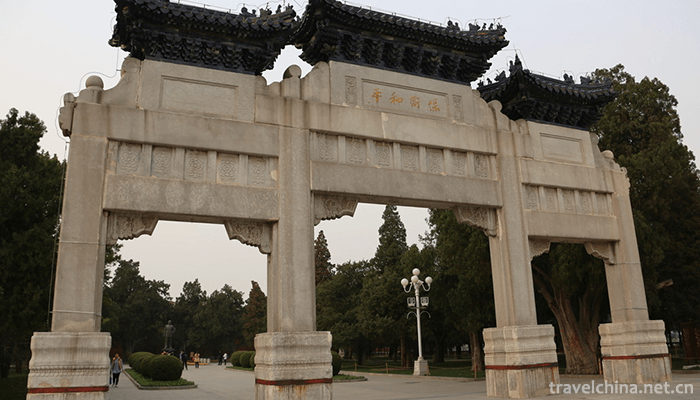
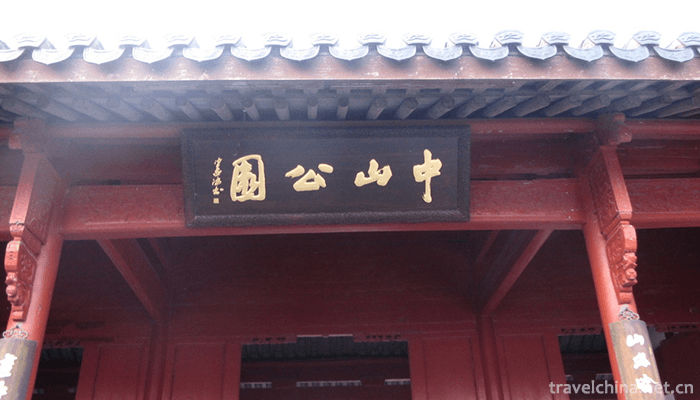
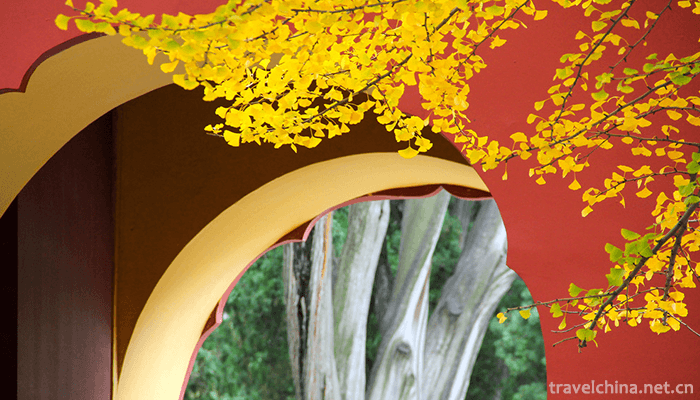
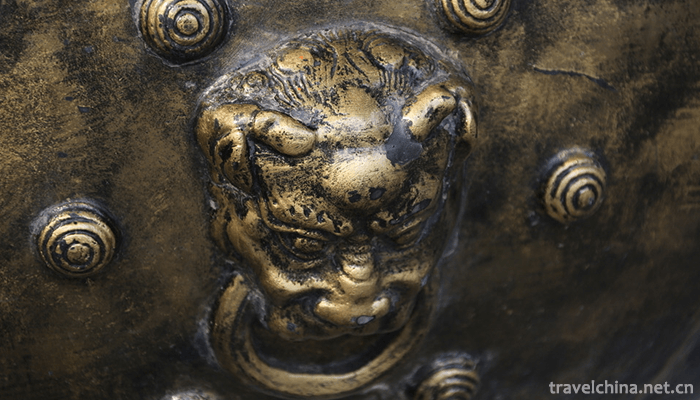
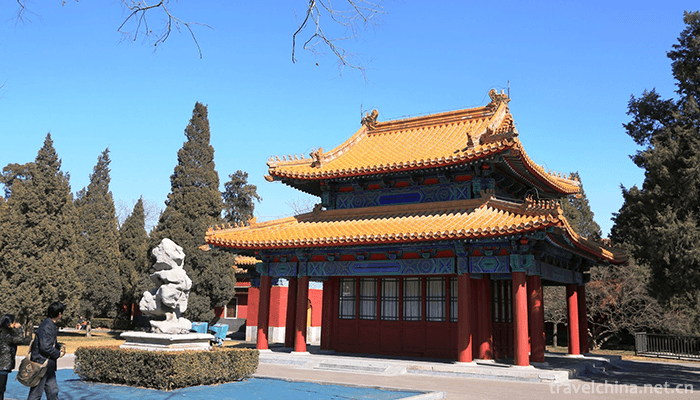
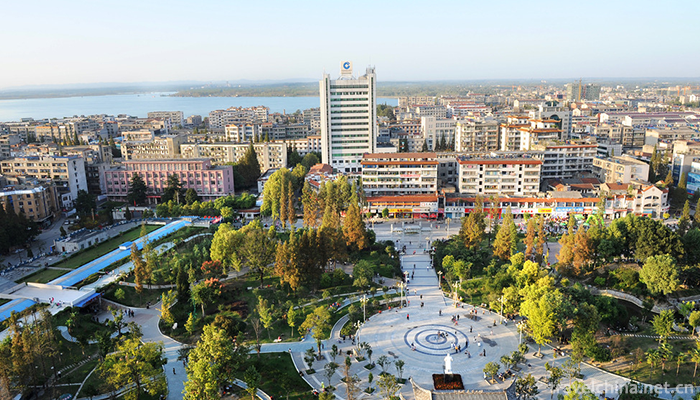

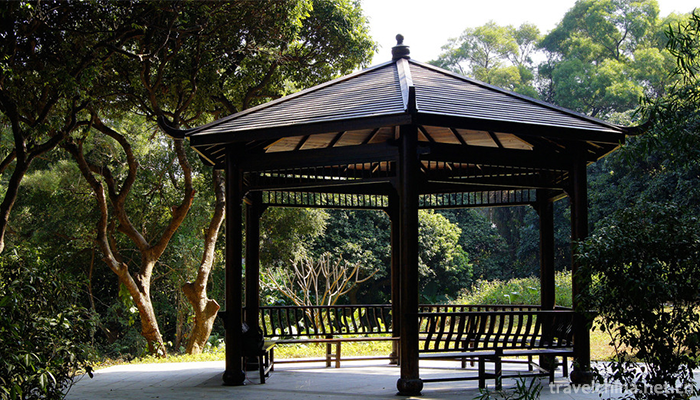
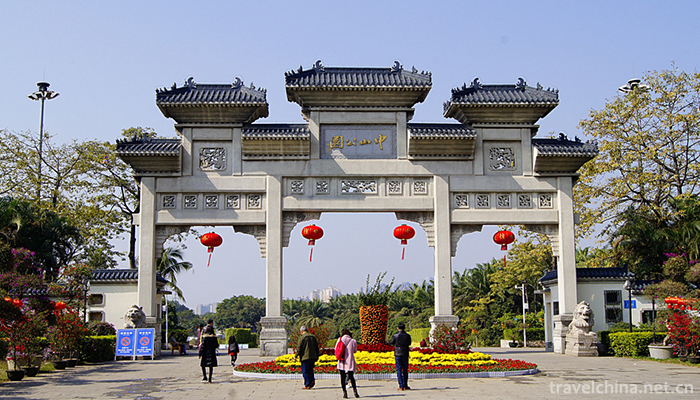

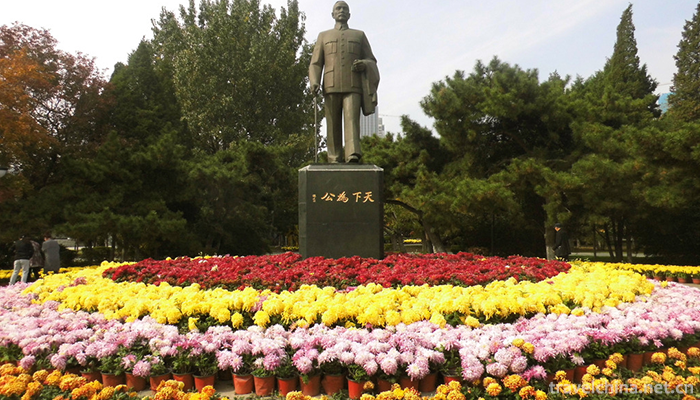
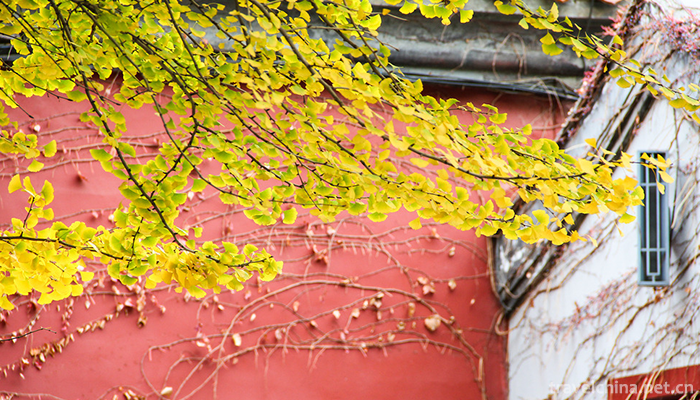
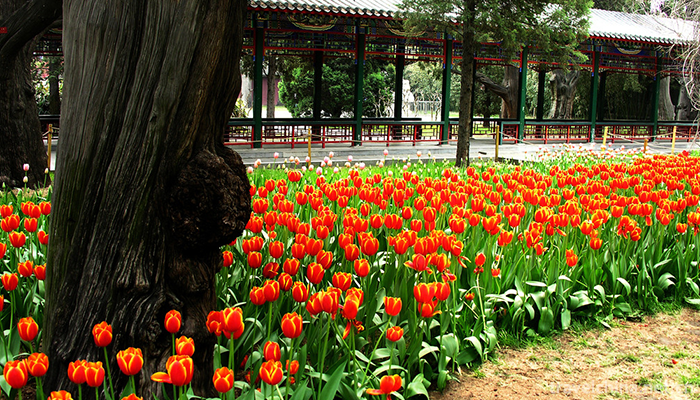
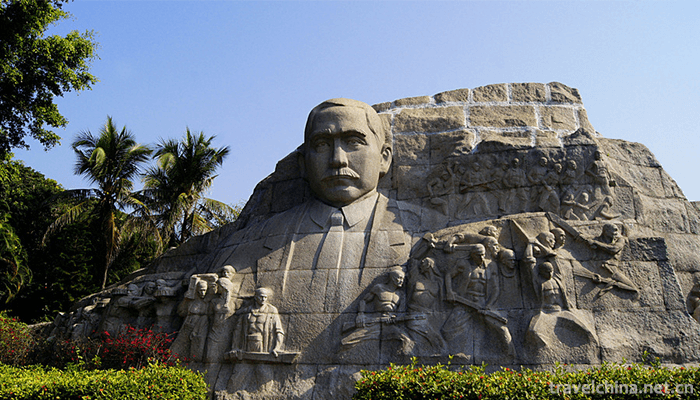
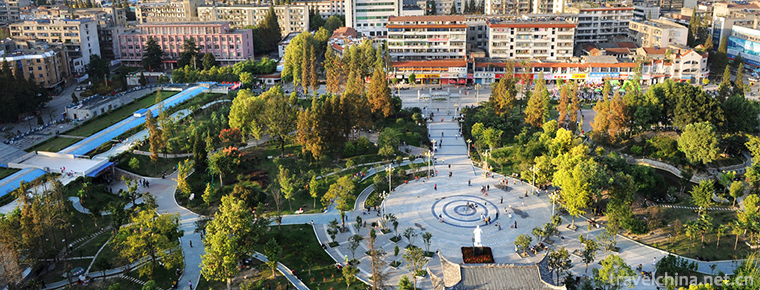
-
1.Chongqing small noodles
Chongqing small noodles is one of the four characteristics of Chongqing
Time 2018-10-12 -
2.Shanghai Urban Planning Exhibition Hall
The Shanghai Urban Planning Exhibition Hall was completed in early 2000 and opened to the public on February 25, 2000. As an important window for Shanghai's external publicity, Shanghai
Time 2018-12-19 -
3.Hepeishan National Forest Park
Hepeishan National Forest Park is located in Zouping County, Binzhou City, Shandong Province, at the junction of Zouping County and Zhangqiu County. The total area of the park is 480 hectares
Time 2019-01-13 -
4.Castle Peak Pass Scenic Spot
Qingshankuan is located in the north of Qianxi County, 40 kilometers away from the county town, located in the Yanshan branch, the hinterland of Daqingshan Mountain.
Time 2019-02-07 -
5.Zhangye National Wetland Park
Zhangye National Wetland Park is located in the northern suburbs of Ganzhou District, Zhangye City, which is closely linked with the urban area. Wetland area of 62,000 mu, the main body is located in
Time 2019-03-16 -
6.Bemo music
Qubila fire is well known in Meigu County, Liangshan Prefecture. He is not only a highly respected Yi Dabimo, but also a representative successor of national intangible cultural heritage projects.
Time 2019-04-04 -
7.Bouyei costume Guizhou Province
As a material and cultural phenomenon, the production and change of Buyi costumes are always in line with the social and economic development.
Time 2019-04-04 -
8.Eighteen Sayings on Tibetan Wedding Banquet
The Eighteenth Tibetan Wedding Banquet is a kind of folk oral literature spread in the Tibetan inhabited areas of the eastern agricultural region of Qinghai Province. Its manifestation is the eighteen
Time 2019-04-07 -
9.Netboat Club
Netboat Club is an ancient traditional folk custom and folk religious and cultural activities. During the period of the Republic of China, around the Qingming Festival and the Mid-Autumn Festival, ten
Time 2019-06-26 -
10.Luzhou economy
In 2019, the GDP of Luzhou will reach 208.13 billion yuan, an increase of 8.0% over the previous year, 1.9 percentage points higher than the national average level (6.1%) and 0.5 percentage points higher than the provincial average level (7.5%). Among them, the added value
Time 2020-12-14 -
11.Social undertakings in Luzhou
As of the end of 2018, Luzhou has added 1 provincial key laboratory, 1 provincial engineering technology research center, 4 incubators of science and technology enterprises above the provincial level, and 16 national high-tech enterprises. The annual output value of high-tech reached 38
Time 2020-12-14 -
12.Leshan Education
In 2018, Leshan Normal University, School of engineering and technology of Chengdu University of technology and Leshan vocational and technical college enrolled 16051 students, including 52775 students, 13837 graduates and 2509 full-time teachers.
Time 2020-12-17